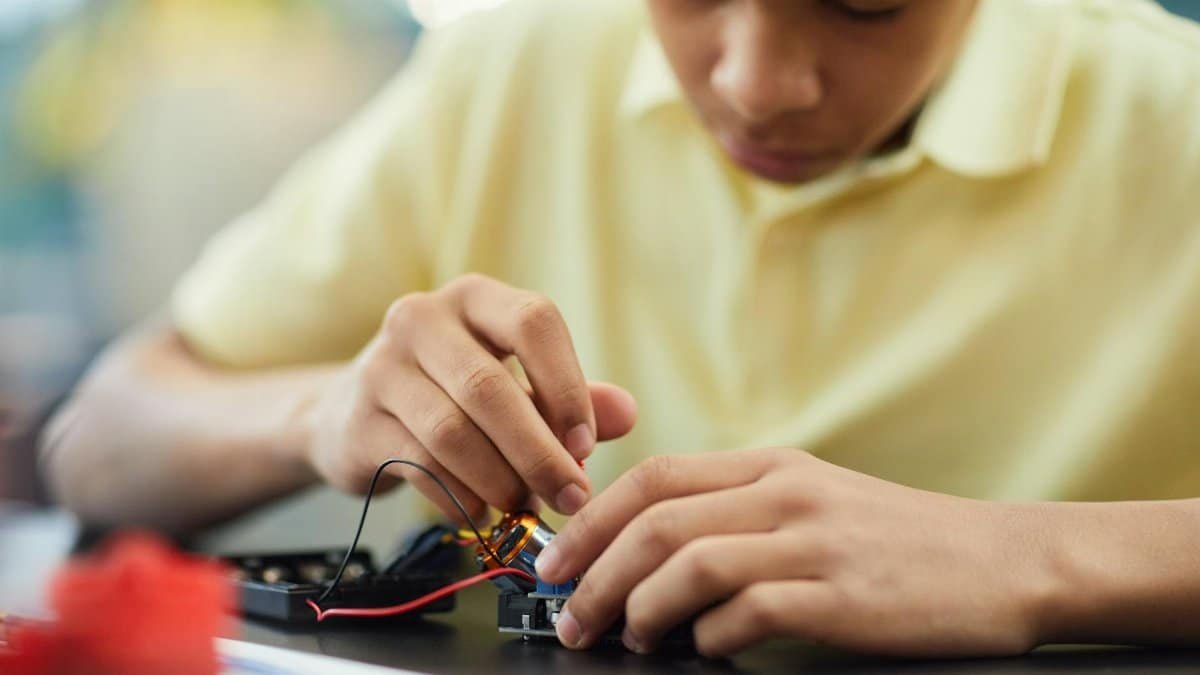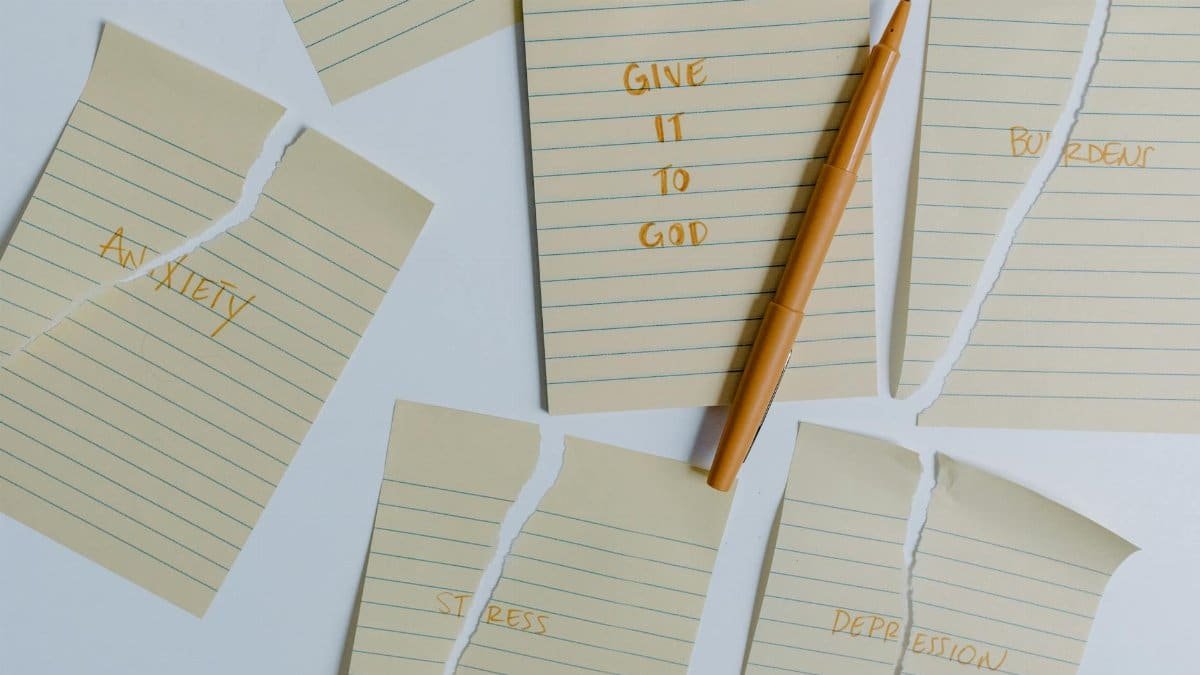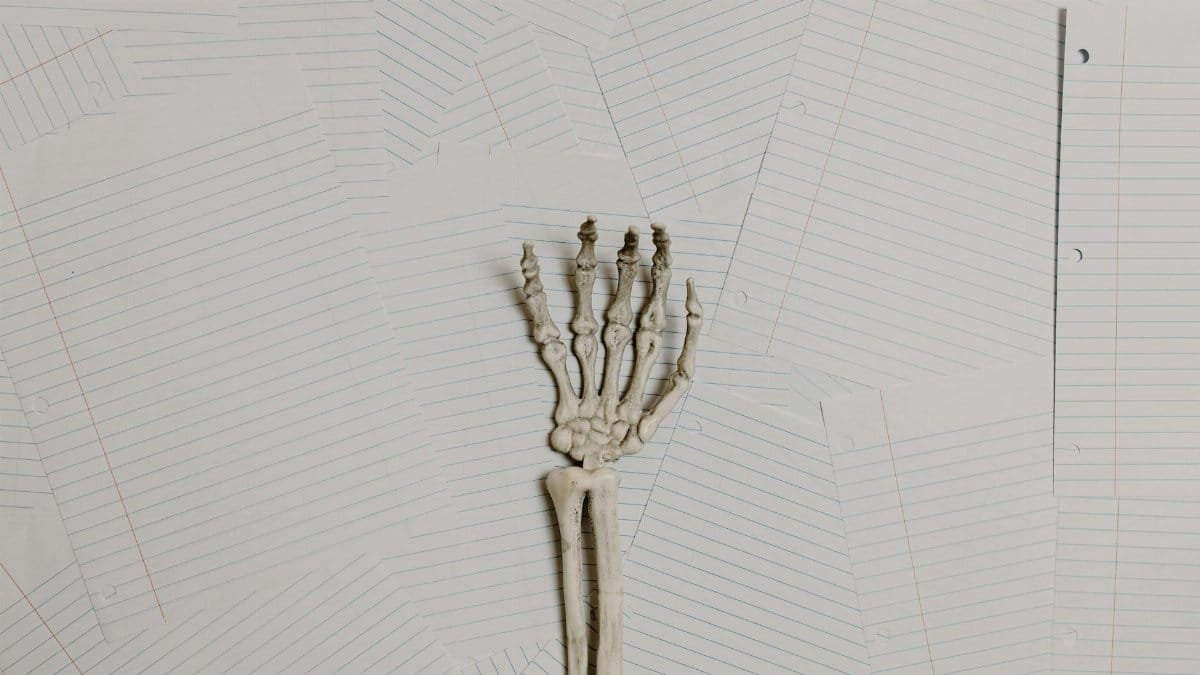In a world buzzing with stress and distractions, could meditation be the key to unlocking clarity, calm, and healing? New data from a 2024 survey shows that 45% of Americans report improved emotional balance after incorporating daily meditation practices. This surge highlights how mindfulness techniques are transforming lives, offering a path to mental resilience amid modern chaos. At its core, clarity calm healing through meditation isn’t just trendy—it’s a proven method for restoring equilibrium, backed by science and real-world stories.
Understanding Meditation’s Role in Emotional Restoration

Meditation acts as a reset button for the mind. It trains the brain to focus on the present, reducing the grip of anxiety and negative thoughts. Experts say this practice fosters emotional balance by lowering cortisol levels, the hormone tied to stress. A study from Harvard Medical School underscores this, revealing that regular meditators experience enhanced mood regulation. By sitting quietly and breathing deeply, individuals can achieve a state of clarity calm healing that rebuilds inner peace step by step.
The Science Behind Clarity Calm Healing

Research dives deep into why meditation works. Neuroscientists have found that it strengthens the prefrontal cortex, the brain area responsible for decision-making and emotional control. This leads to greater clarity and calm, promoting healing from emotional wounds. According to the National Institutes of Health, mindfulness meditation can alleviate symptoms of depression and anxiety. In 2025, with rising mental health concerns, these findings make meditation a go-to tool for many seeking stability. National Institutes of Health provides extensive resources on such studies.
Daily Practices for Building Focus

Start small to harness meditation’s power. Begin with five minutes a day, focusing on your breath to cultivate clarity. Apps and guided sessions can help newcomers ease in. Users often report sharper focus after consistent practice, turning chaotic thoughts into organized calm. This foundation supports emotional healing by preventing overwhelm. In busy U.S. cities like New York, professionals swear by morning meditations to kickstart balanced days.
Overcoming Common Meditation Challenges

Not everyone finds meditation easy at first. Wandering minds and discomfort are typical hurdles. The key is persistence; experts advise acknowledging distractions without judgment. Techniques like body scans can anchor you back to calm. For those struggling, joining a group class builds accountability. Overcoming these obstacles leads to profound healing, as shared by countless practitioners who’ve transformed initial frustration into lasting emotional balance.
Meditation’s Impact on Stress Reduction

Stress melts away with regular meditation. It activates the body’s relaxation response, countering fight-or-flight instincts. A report from the American Psychological Association notes a 20% drop in stress levels among meditators. This shift paves the way for clarity calm healing, allowing emotions to settle naturally. In 2025, amid economic uncertainties, such practices are vital for maintaining mental fortitude in everyday life.
Real-Life Stories of Emotional Transformation

Take John Ramirez, a Chicago teacher who battled burnout. After adopting meditation, he found renewed energy and emotional steadiness. “It brought clarity to my chaos,” he says. Similar tales emerge from across the U.S., where people credit mindfulness for healing old traumas. These anecdotes illustrate how meditation restores balance, turning skeptics into advocates through tangible results.
Integrating Mindfulness into Busy Schedules

Fitting meditation into a hectic routine is simpler than it seems. Try micro-sessions during commutes or lunch breaks. Walking meditations blend movement with mindfulness, offering calm on the go. For parents or executives, evening wind-downs promote healing sleep. The flexibility makes clarity calm healing accessible, ensuring emotional balance doesn’t require hours of free time.
The Long-Term Benefits for Mental Health

Over time, meditation builds resilience against life’s ups and downs. Studies show it reduces the risk of emotional disorders by fostering positive neural pathways. The Mayo Clinic reports improved overall well-being in long-term practitioners. As 2025 brings new challenges, embracing these benefits can lead to sustained healing and calm. Mayo Clinic offers detailed insights into meditation’s health advantages.
Tools and Resources to Get Started

Beginners have plenty of aids. Free apps like Headspace provide guided sessions tailored to emotional balance. Books such as “The Miracle of Mindfulness” by Thich Nhat Hanh offer foundational wisdom. Local community centers often host free classes, making it easy to dive in. These resources demystify meditation, guiding users toward clarity calm healing without overwhelming complexity.
Why Meditation Matters in Today’s World

In an era of constant connectivity, meditation stands as a counterforce. It restores emotional balance by encouraging disconnection from digital noise. With mental health crises on the rise, this practice empowers individuals to heal from within. As trends evolve in 2025, meditation’s role in fostering clarity and calm remains a beacon for personal growth and stability.
